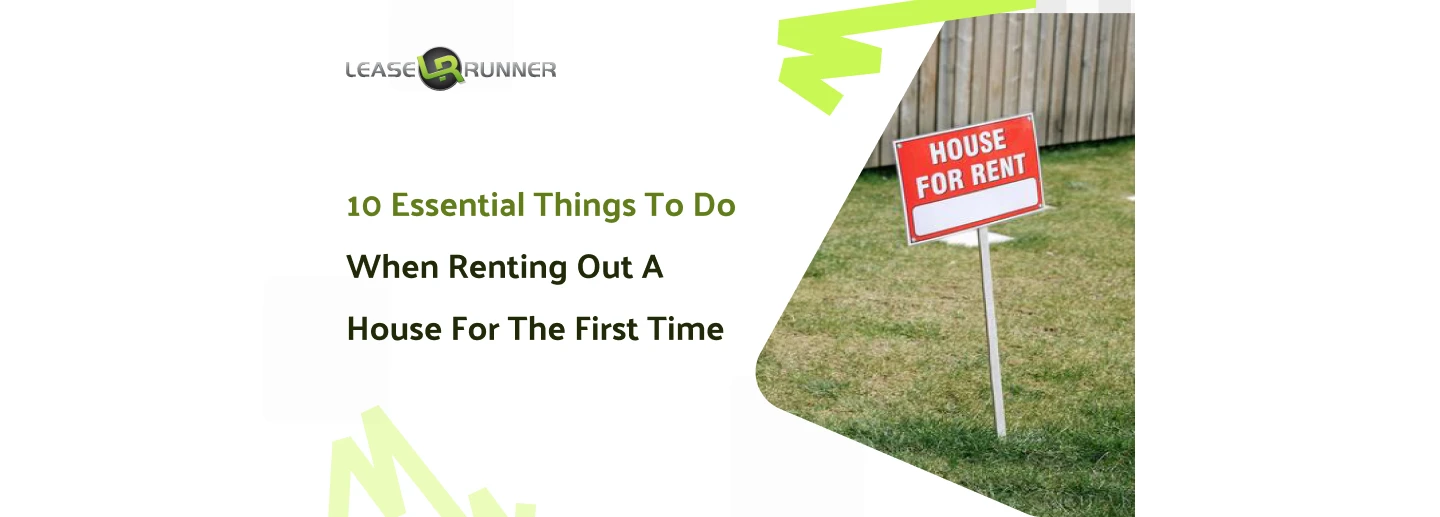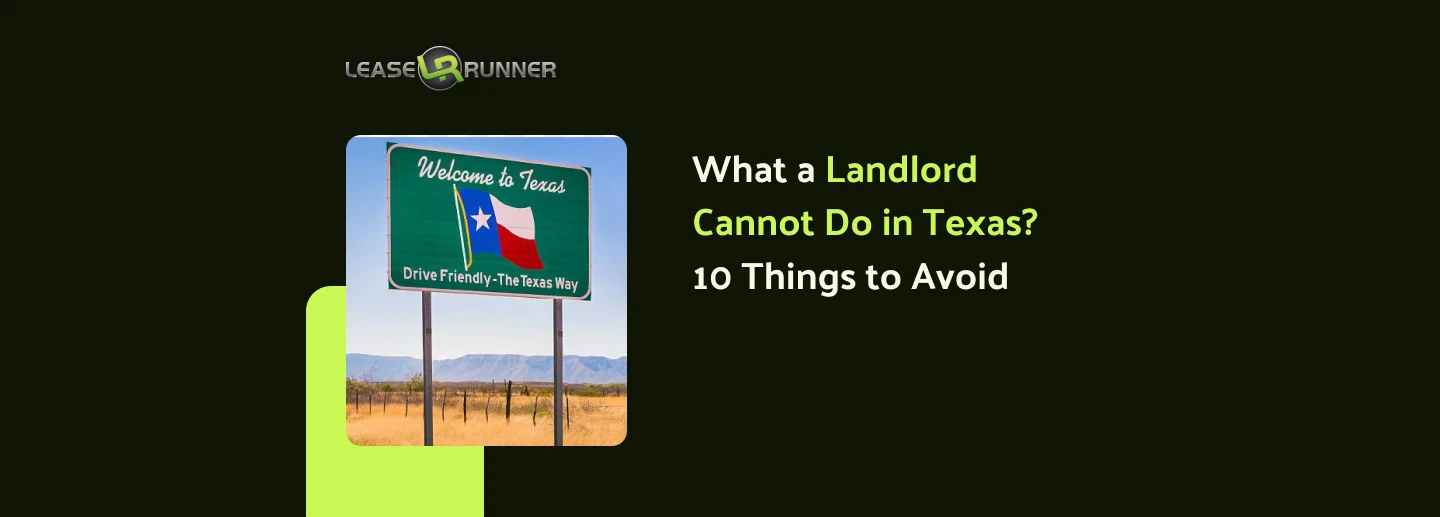
What is a sublease? If you think it’s as simple as handing off your lease, think again. Subleasing can be a great solution for both tenants and subtenants, but it comes with rules, responsibilities, and potential risks. This article covers everything you need to know!
What Does Subleasing Mean?
First, what is a sublease agreement? Subleasing is when a tenant rents out their leased space to someone else while still being responsible for the original lease agreement. In this setup, the original tenant (known as the sublessor) temporarily hands over the property to a new tenant (the sublessee), who pays rent and uses the space as their own.
Subleasing can apply to apartments, houses, commercial spaces, and even office rentals. It’s a popular option for tenants who need to move but don’t want to break their lease, as well as for renters looking for a flexible, short-term housing option.

Pros and Cons of Subleasing
Subleasing comes with advantages and drawbacks for the sublessor vs the sublessee.
Pros of Subleasing
- Flexibility for the original tenant: If you need to relocate for work, travel, or personal reasons, subleasing allows you to avoid breaking your lease and paying hefty penalties.
- Lower rent for subtenants: Many subleases are priced below market rent, especially if the original tenant is in a rush to sublet.
- Short-term rental opportunities: Subleases are ideal for people who need a temporary living arrangement, such as students, interns, or remote workers.
- Income generation: If the rent in a sublease is higher than what the original tenant pays, they can make a small profit (if allowed by the lease agreement).
Cons of Subleasing
- Risk for the sublessor: The original tenant is responsible for the lease, so if the sublessee stops paying or damages the unit, the sublessor is financially liable.
- Limited legal protection for the sublessee: Since the sublessee does not have a direct agreement with the landlord, they may have fewer rights than a traditional tenant.
- Landlord restrictions: Some landlords prohibit subleasing altogether, and violating this rule could result in eviction or legal action.
- Potential for misunderstandings: Miscommunication between the landlord, sublessor, and sublessee can lead to disputes over rent, repairs, or lease terms.
Subleasing can be a win-win in the right circumstances, but it requires clear agreements, written contracts, and a good understanding of the risks involved.
Is Subleasing Legal?
This is one of the most common questions! Subleasing is legal in many cases, but it depends on your lease terms, local laws, and landlord approval.
- Lease Agreement: Many leases have specific clauses about subleasing—some allow it with permission, while others strictly prohibit it. If your lease doesn’t mention subleasing, check with your landlord before proceeding.
- State and Local Laws: Some cities have strict rules on subleasing, especially in rent-controlled areas. Others may require the landlord’s explicit consent.
- Landlord Approval: Even if subleasing is legal in your area, landlords often require approval before a new tenant moves in. They may ask for a background check, proof of income, or a signed sublease agreement.
What happens if you sublease without permission? You could be violating your lease, leading to eviction, fines, or legal trouble. Always review your lease and check local sublet laws before setting up a sublease.
Sublessor vs. Sublessee: What’s the Difference?
In a sublease arrangement, two key players are involved:
Who is the sublessor?
The sublessor is the original tenant who is renting out their leased space to someone else. They:
- Remain legally responsible for the original lease agreement.
- Collect rent from the sublessee and continue paying the landlord.
- Are accountable for any damages or lease violations caused by the sublessee.
For instance, if you sign a 12-month lease but need to move after six months, you can become a sublessor by finding someone to take over your space. However, if they miss rent payments or damage the property, you are still responsible.
Who is the sublessee?
The sublessee is the new tenant renting the space from the sublessor. They:
- Pay rent to the sublessor (not the landlord).
- Follow the terms set by both the sublease agreement and the original lease.
- May have fewer legal protections since they don’t have a direct contract with the landlord.
Key Differences from a Traditional Lease
A traditional lease gives tenants a direct relationship with the landlord, while a sublease adds a middle party, which can create complications.
How Does Subleasing Work? A Step-by-Step Breakdown

Thinking about subleasing? Let’s find out how the process works, step by step:
- Check Your Lease Agreement: Before anything else, read your lease! Some landlords allow subleasing, some forbid it, and others require written approval. If your lease is unclear, ask your landlord directly.
- Review Local Laws: Some cities and states have specific rules about subleasing, especially in rent-controlled buildings.
- Get Landlord Approval: Even if your lease allows subleasing, most landlords prefer to approve the subtenant first. They might require a background check or proof of income.
- Find a Subtenant: List your place on trusted platforms (more on that below) and screen potential subtenants carefully to avoid future issues.
- Sign a Sublease Agreement: A written contract is a must! It should cover rent payments, responsibilities, and what happens if the subtenant needs to leave early.
- Handle the Security Deposit: Decide if you’ll collect a deposit from your subtenant to cover damages.
- Keep Communication Open: Even after your subtenant moves in, stay in touch! Since you’re still responsible for the lease, you’ll want to make sure everything runs smoothly.
What Should Be Included in a Sublease Agreement?
Having a written sublease agreement protects both the sublessor and sublessee. A handshake won’t cut it!
Basic Details to Include
A sublease agreement should clearly outline the essential information to avoid confusion later.
- Names of the sublessor (original tenant) and sublessee (new tenant).
- Exact address of the rental unit.
- Start and end dates of the sublease.
- Monthly rent amount, due date, and payment method.
- Whether utilities (electricity, internet, etc.) are included or paid separately.
Rules and Responsibilities
Every lease comes with rules, and your sublease should include a section that highlights the key responsibilities of the sublessee.
- A clear statement that the sublessee must follow the original lease terms.
- Who is responsible for maintenance and repairs—the sublessor or the sublessee?
- Any restrictions (e.g., pets, smoking, overnight guests) carried over from the main lease.
Security Deposit and Damages
Deciding whether or not to collect a security deposit is a personal choice, but it’s always a good idea to specify how it will be handled in the sublease agreement. The security deposit helps protect you against any potential damages or unpaid rent. Take note of these concerns:
- Whether the sublessor is collecting a security deposit from the sublessee.
- What happens if the sublessee causes damage beyond normal wear and tear.
- How the deposit will be returned at the end of the sublease.
Pro tip: Looking to learn more about security deposit law in your state? Check out our Landlord-Tenant law page.
Are You Still Responsible If You Sublease?
Yes, even if you sublease, you're not off the hook. As the original tenant, you remain responsible for the lease agreement.
You're also accountable for any damages the subtenant causes. If they break something or leave the place in poor condition, the landlord will likely charge you for repairs, even though you didn’t cause the damage.
In addition, if the sublessee violates the lease terms, like having unauthorized guests or pets, you could face penalties or even eviction. So, while subleasing gives you flexibility, it doesn't free you from your original lease obligations.
Tenants’ Rights and Subletting: What You Need to Know
Subleasing can be tricky, and your tenants' rights in subletting depend on local laws and your lease agreement. Remember to keep these things in mind:
- Right to sublease (sometimes) – In some states, landlords cannot unreasonably deny a sublease request if the lease doesn’t prohibit it.
- Protection from wrongful eviction – If your landlord tries to evict you for subleasing when it’s legally allowed, you may have a case.
- Legal obligations to your subtenant – Even though you’re not the landlord, you are responsible for fulfilling the sublease terms, including maintenance and fair treatment.
Where to List Sublets and Find Reliable Subtenants?
You might want someone reliable, responsible, and financially stable. So, why not check out these places?
Top Platforms for Listing Subleases
- Zumper – Popular for apartment rentals, including subleases.
- Craigslist – Still widely used, but requires careful screening of applicants.
- Facebook Marketplace & Groups – Great for finding local subtenants quickly.
How to Find a Trustworthy Subtenant
- Screen Applicants Thoroughly: Request proof of income, rental history, and references. Consider using professional screening services like LeaseRunner Tenant Screening.
- Meet in person (or virtually) – A quick conversation can tell you a lot about someone’s reliability.
- Get everything in writing – Never sublease based on a verbal agreement alone.
Final Thoughts
Overall, what is subleasing? It’s a powerful tool in the rental world, but it’s important to be informed and cautious. For more resources on lease agreements, property management, and tenant-landlord relationships, dive deeper into LeaseRunner for all the information you need to navigate the rental process.
FAQs
Q1: What Does Subleasing Mean?
Subleasing is when a tenant rents out their rented space to someone else while still remaining responsible for the original lease. The original tenant (sublessor) finds a new tenant (sublessee) to occupy the space, but the lease agreement with the landlord stays intact.
Q2: How Does Subleasing Work?
Subleasing typically starts with a tenant seeking approval from their landlord, as some leases have restrictions on subletting. Once approved, the original tenant and subtenant sign a sublease agreement that details the rent, duration, and responsibilities.
Q3: Can You Make Money by Subleasing?
Yes, it’s possible to make money by subleasing if the rent you charge the subtenant is higher than what you’re paying your landlord. However, you should check your lease agreement first to see if profit from subleasing is allowed.





